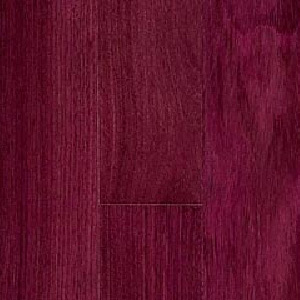Being natural materials, hardwood building products such as oak flooring are bound to expand and contract with changes in weather and temperature. When flooring expands or contracts too much, the boards can warp, bend, and buckle. One way of preventing such damage is to properly acclimate your flooring before you install it.
You may be wondering, What is acclimation? How can I make sure my floors are acclimated? Good questions. The following is basic information on what acclimation is, why it is so important, and how to properly acclimate your flooring.
What is flooring acclimation?
Acclimation is an important step in the flooring installation process during which the moisture content of the wood is adjusted to match the normal living conditions of the home. If the wood’s moisture content is too high or too low, there is increased chance of the wood expanding and contracting in damaging ways.
What steps do I take in the acclimation process?
Acclimating wood flooring isn’t just a set-it-and-forget-it project. There are a number of steps involved, each of equal importance.
Unless you have a lot of experience with flooring installation it is best to leave the entire process up to a professional. That said, it is still a good idea to know proper acclimation techniques, in case the professional you hired is doing it incorrectly.
1. Check Board and Sub-Floor Moisture
The moisture content of both your new hardwood flooring and the sub-floors over which it will be installed need to be within an acceptable range of each other. What that range is depends on the size of the boards. For boards less than three inches wide, the moisture content differential between the floor and flooring needs to be less than four percent. For boards wider than three inches, the difference should be less than two percent. Wide plank boards – flooring wider than four inches – require even more care and caution when acclimating. Check with a flooring professional if you’re using wide plank.
2, Rack It
For the best results, you will want to remove the flooring from its box and rack it in the room in which it will be installed. This acclimation technique allows the wood to adjust to the room’s natural humidity, making the process more successful.
3. Keep It Warm
Keeping the wood warm is an important part of the acclimation process. A heated, controlled environment will lead to much better-acclimated and more stable floor.
4. Wait
This is probably the hardest part of the acclimation process. Most people want to install their new flooring as soon as possible, but the wood must be acclimated for at least seven to 14 days. The moisture content will determine how long the acclimation process will take, but most species don’t take less than a week.
Remember to consult a professional if you have any hardwood flooring acclimation questions. If the professional handling the installation of your new ash, acacia, or oak flooring doesn’t follow the aforementioned steps for acclimation, look for a new company. It’s better to take the time to properly acclimate your floor than spends hundreds or thousands of dollars repairing and replacing it down the road.















